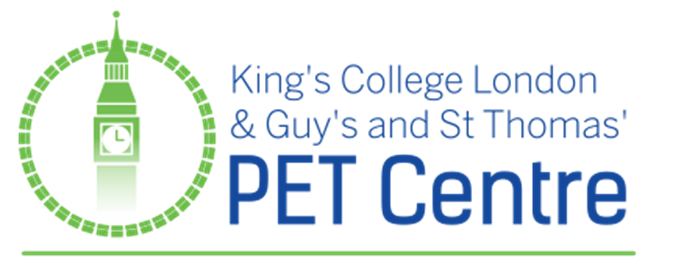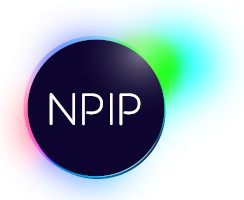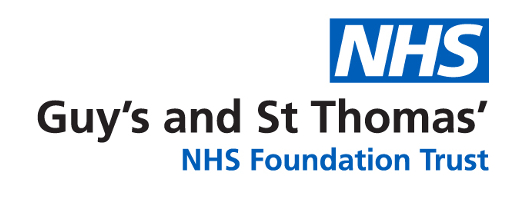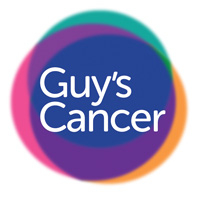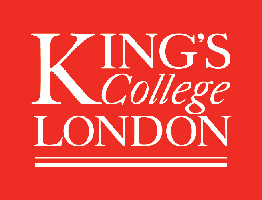Imaging techniques such as magnetic resonance imaging (MRI), X-ray computed tomography (CT) and positron emission tomography (PET) have become important tools for the early detection of disease, the understanding of basic molecular aspects of living organisms and the evaluation of medical treatment. All techniques have unique applications, with advantages and limitations. PET is being used to examine the biological function of tracer doses of molecules in living systems, including humans. In particular, there has been a rapid expansion in the application of PET imaging in the individual clinical management of patients, the study of disease mechanisms in oncology, heart disease, neuropsychiatric disorders and in the discovery and development of new therapautics and drugs.
Recent advances in the labeling of many target specific agents and drug candidates have facilitated their use in PET imaging. The quantification in vivo using PET generated data is now producing crucial information on pharmacokinetics, pharmacodynamics and drug interactions at targeted enzyme and receptor sites, thereby aiding critical decisions, which can lead to shortened times for clinical development and drug approval.
Some of the major fundamental work on the development of these techniques has been performed at King's College London and its current research strengths are recognised internationally. This is exemplified by the Division of Imaging Sciences, comprised of a multidisciplinary team of chemists, biologists, radiologists, clinicians, image scientists, physicists, pharmacologists and computer scientists having very active international collaborations with academia and industry.
Course Objectives
The principal objectives of this programme are to review the basic principles of PET imaging and to convey an understanding of the modern application of PET technology.
Specific issues to be addressed include:
- The production of PET radioisotopes.
- The chemistry of labeling compounds with short-lived positron-emitting radionuclides.
- The design of PET tracers - impact on interpretation of scanning data (e.g. position of labeling, metabolism, drugs vs. ligands).
- PET instrumentation - how does a PET scanner or a cyclotron work (physics)?
- How PET data is analysed (kinetic modeling, image analysis).
- How PET can be used as a tool in basic biomedical research, drug development and discovery, pharmacology, individual patient management, diagnosis and treatment of disease.
Course Structure
The 3-day programme will include a series of lectures on various aspects of PET imaging, interspersed with 'break-out sessions' and small group discussions on chosen topics covered within the program. These can be used to consolidate concepts covered in the lectures, to reinforce ideas or to go into greater detail on some of the topics at the forefront of modern PET-related research.
Seminars and discussion groups will be guided by specialist tutors with experience from academia and industry. The selected tutors will be at the forefront of research and technology in the subject areas and will provide high quality teaching at the interface between knowledge and practice.
The small group sizes in the breakout sessions will facilitate group discussions and give excellent possibilities to learn more about the technology and application of PET.
Who Should Attend
The course is designed with the goal of conveying advances in this technique to all interested professionals. While currently there is a rapid growth of interest in PET techniques, with enhanced industrial and government investment, there is a skills shortage in radiochemistry and cyclotron operations, which is likely to inhibit the anticipated wider deployment of PET techniques.
This course will be suitable for professionals already within industry, academic and healthcare sectors who want to enhance their knowledge, increase their skill set and to mix with other industrialists and academics. There will be ample opportunity to start building up networks of contacts, information and knowledge and will be particularly relevant to managers, researchers and pharmaceutical industry representatives, working on the forefront of biomedical science - from biology to chemistry to clinical trials - and with an interest in learning more about PET.
Feedback From Previous Delegates
Here is what some of our previous delegates have said about the course:
- "I would highly recommend attendance to anyone wishing to learn about PET, the technology behind it and how to apply it to your work."
- "Very good and inclusive of different areas of application."
- "Excellent presenters."
- "Good overview of the variety of uses for PET in real applications, eg, oncology, neurology."
- "Very useful, well organized and nice to meet other people."
- "Great PET course."
- "Very good indeed, it deserves the investment."
- "Keep up the good work!"
- "It is best course to give idea about PET in both biology and chemistry aspects."
- "Definitely go!"
Contact Us
For further information please contact either the Course Director, Professor Tony Gee, or the Imaging Sciences Teaching Team.
